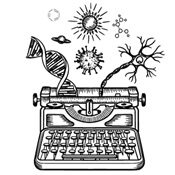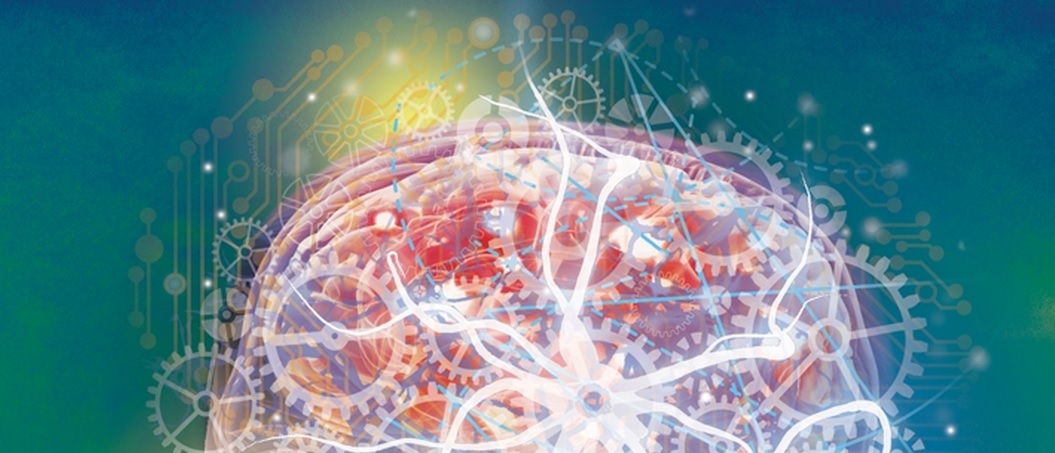UAB Magazine / Fall 2014 /
Lying inside an fMRI machine that’s tracking her brain activity, a college student grasps a hot block in her hand. It’s just hot enough to cause her some pain—seven on a scale of one to ten, she tells a researcher. Above her, a picture flashes; it’s a snapshot of her boyfriend. Suddenly, the pain dulls. It’s a five now, she says. At the same time, the image of her brain—with active areas lit up in reds and yellows—shifts. The dulled pain isn’t just her imagination; her brain is sending fewer pain signals and more reward signals.
“For many people, a picture of a loved one will actually cut their pain in half,” says Jarred Younger, Ph.D., a UAB experimental psychologist who conducted this test. The same goes for hypnosis, acupuncture, and sugar pills, he’s found. In each case, a person’s brain responds to pain in a new way, even when the treatment has no rational basis.
Anyone who has learned a new language, memorized lines for a play, studied for a test, or watched a child begin to understand the world around them can easily grasp the idea that the human brain is capable of learning new facts, words, and concepts. But UAB scientists like Younger, probing the full capability of the brain, are interested in teaching it new ways of interacting with the human body. By shaking up the way the brain processes information and communicates with the nerves winding throughout the body, each researcher is harnessing the power of the brain to heal… Read more at UAB Magazine.

